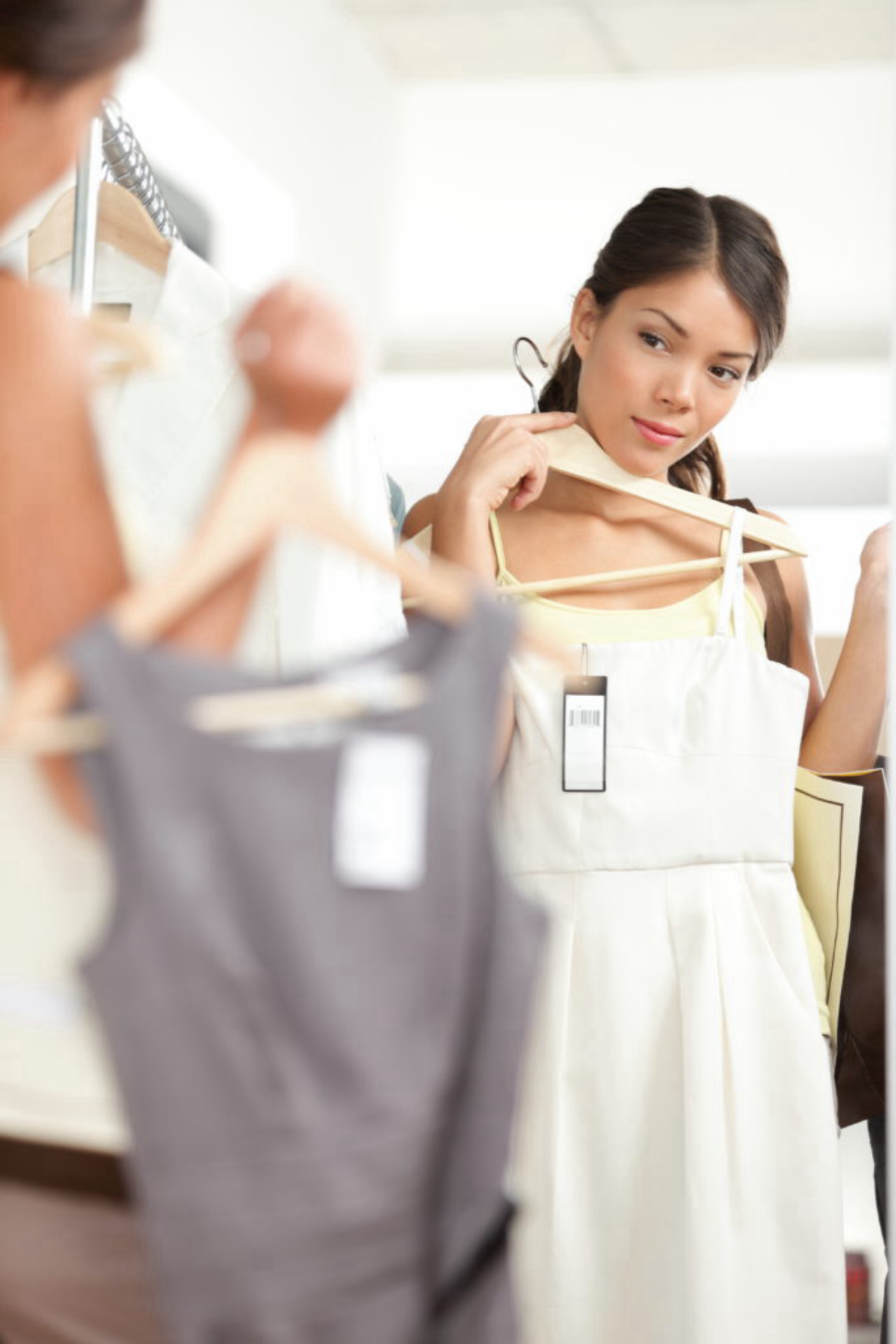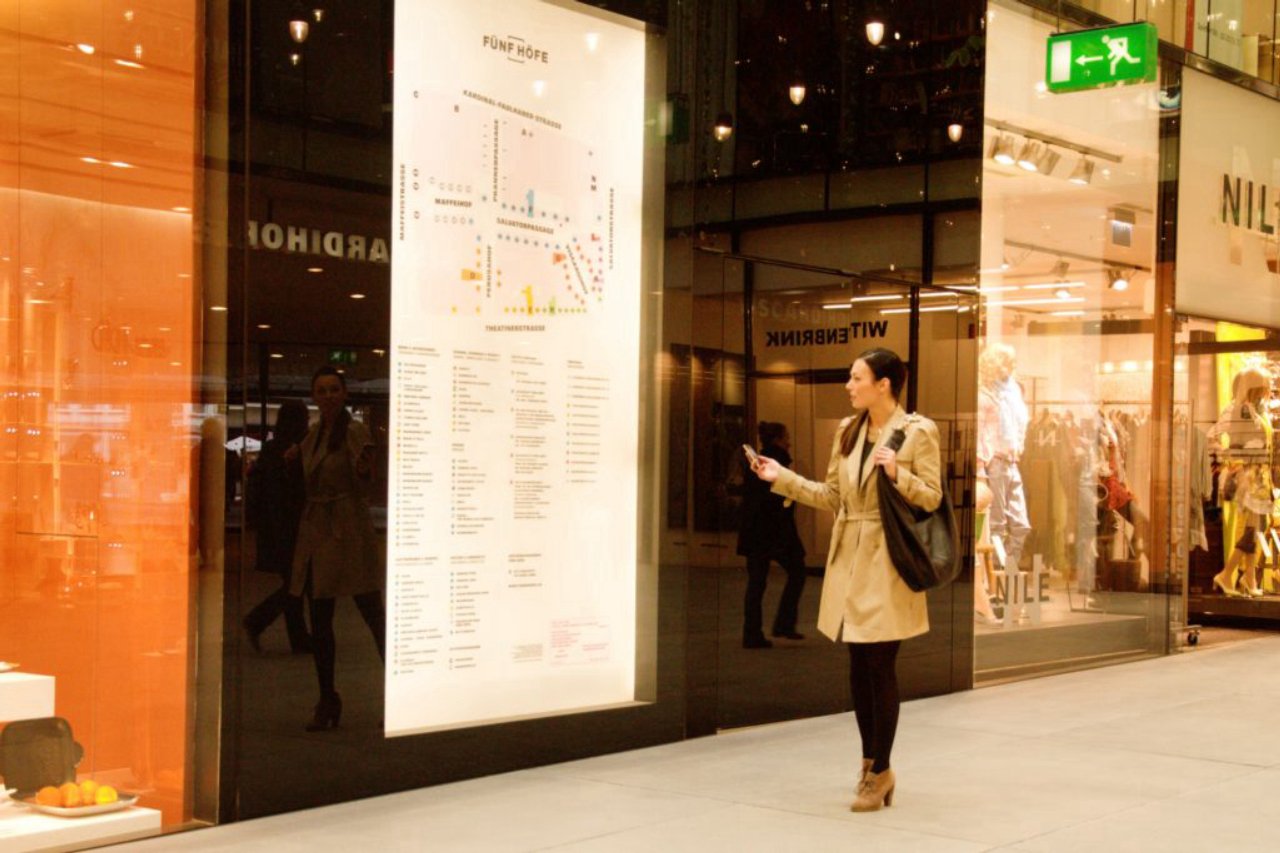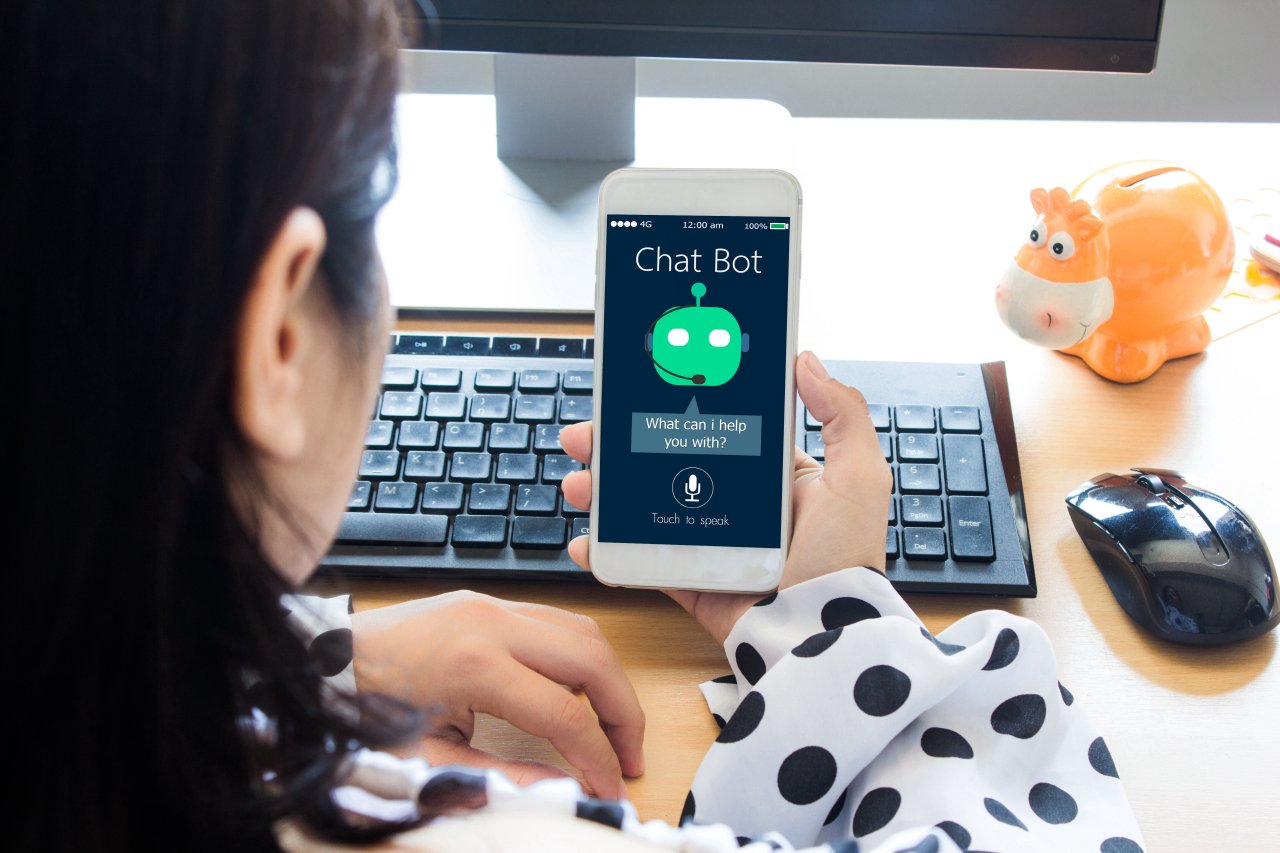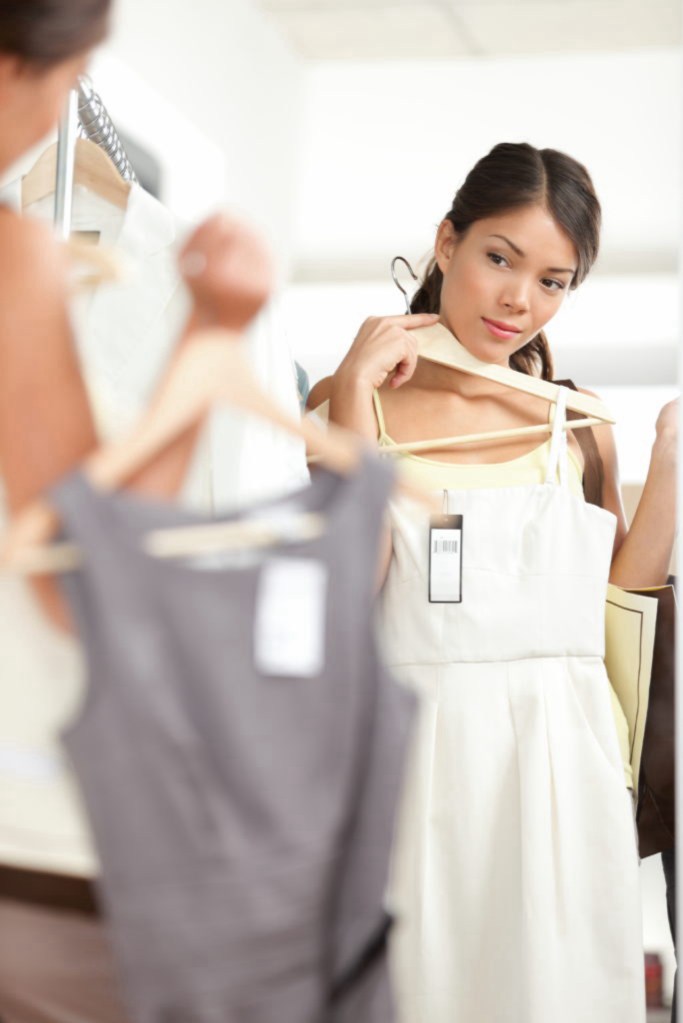In our previous blog on retail trends & technologies, we discussed how retailers can adapt to intelligent retailing and increase their security in retail stores. In this post, we’ll cover how important it is to provide a connected customer experience and steps retailers can take into automation.
The consumers of today want to not only make a purchase, but also have a great experience doing so. A rich experience is extremely relevant for shopping behavior—a key factor for retailers. Good experiences can provide additional value and trigger new or additional purchases.
Retail Trend #3: Creating a seamless shopper experience
Whether a customer is shopping in a brick and mortar store, at home or on the go, the most adequate experience should be available at all times. In retail trends, round the clock availability and situational independence are slowly becoming the norm. Our GfK FutureBuy study reveals that consumers regard “social media as an important source of information” and “mobile [as] an important tool for making a purchase” which further demonstrates the increasing importance of these experience drivers. Let’s look at different scenarios to describe what it means to provide a connected experience.
Scenario 1: Connecting online with offline
Let’s assume different shopper journeys for John. In his first purchase journey, he starts from home using a mobile/tablet to shop online. While browsing, he can use various technologies to help him find what he’s looking for such as:
- Voice assistant to bring up a specific item or store
- A store’s mobile app and its chatbot assistant
- A chatbot through the store’s social media page
If John selects a product online and decides to collect it at the retail store, we’d call that retail trend “Click and Collect.” But if John schedules an appointment at the store to test the product and then decides to purchase it, he’ll be using the “Click and Reserve” model. If he does go with the “Click and Reserve” option, a trial room would then be available for John to try out the product or the store would provide a consultant to demonstrate the product at a specified time.
In case of a fashion or luxury product, the store is equipped with smart mirrors and augmented reality that enables John to try out the products very quickly. If the size or color doesn’t suit him, John can change the item by using the smart mirror & AR features.
Alternatively, the store consultant can be informed during the whole process using a chatbot assistant. In this case, the store consultant gets an alert on his digital assistant to provide help to the customer. This enhances John’s shopping experience by saving him the extra effort while the store reduces the risk of damage or theft.
 Smart mirrors and augmented reality can help shoppers try products quickly
Smart mirrors and augmented reality can help shoppers try products quicklyIn case the product is not available, the store would then have a real-time ERP system and up-to-date information linked to its warehouse that can assist John by telling him the product availability. If the item is available, John can request to get it shipped to his home—called the “Select and Ship” model.
Alternatively, he could also schedule another appointment to test it again when it’s in store. This technology could eliminate the issue of a more limited assortment that traditional retailers experience vs. online retailers.
Scenario 2: Providing transparency and relevance
While John is walking down the street near a store, he can also receive a message regarding new products or discounts. If John is already an existing customer, he can also get notified of loyalty offers. This is possible using technologies like beacons, Geo-fencing and Near Field Communication (NFC). Retail trends & technology like Geo-targeting can:
- Create awareness among consumers who are not yet customers
- Retain and up-sell to an existing customer
Electronic Shelf Labels (ESLs) and digital signage can help the retailer to efficiently control product information dissemination, pricing and promotions from a central system. Once John is in the shop, he can get to know more about the product using digital screens and signage. Using visual search screens showing the store map, John could search for the product from the screen and can directly go to the appropriate section of the store. A connected shopper experience is as a catalyst for better sales.
The two aspects in retail trends that are driving consumer towards online channels include:
- Finding products or services that a consumer specifically wants
- General information regarding products and services
 Visual search screens showing the store map helps a customer search for the product from the screen
Visual search screens showing the store map helps a customer search for the product from the screenScenario 3: Delivering custom products
If John decides to buy a shirt that he wants tailored, he can use the phone or tablet cameras to scan his measurements and features to order such a custom fit product.
Scenario 4: Making it fun
GfK FutureBuy tells us that buying additional items while making a routine purchase is a key driver for the customer to visit the store. If John has a mobile app which contains his shopping list, he frees up time to browse and discover other items for purchase which makes his shopping trip less like a chore. And the fun isn’t just limited to consumers—for store employees, too. Gamification can assist in shelf stocking (like a game) and can motivate the employees to finish their work in the most efficient way. A fun experience for both the customer and employee aids to the success of the retailer.
Retail Trend #4: Cost savings with automation
Automation whether it is hardware (e.g. autonomous warehouses and store robots/vehicles) or software (like real-time monitoring algorithms, chatbots, etc.), improves efficiency, saves time and delivers value-added services and a high-tech shopping experience.
Scenario 1: If it’s mundane, automate it
Instead of a real-life person, John walks into a store and is greeted by a “Greet and Guide” in-store robot which welcomes and asks questions to guide him to the appropriate section of the store. In case John asks a complicated question, the robot then generates an alert for a store consultant intervention. Another way to use robots in retail is to automate item stock and flaw detection. The value proposition for these robots is to reduce mundane tasks, giving store employees more time for value-added services like consulting the customer and providing excellent service.
Scenario 2: Anytime, anywhere assistance
Chatbots are already part of many automated customer support procedures and they can assist customers like John inside the store via the mobile app or social media bots. Chatbots can answer standard questions, help with recommendations, scheduling an appointment (Select & Try model) or assist John in the online purchasing workflow.

Retail trends and technologies like automation is all about cutting cost on redundant activities and enabling more time for value-added services. Although automation needs an initial capital investment, cost savings and efficiencies are pegged to be much higher in the long-term.
It’s all for the consumer
In conclusion, retail players who align their strategy to incorporate aspects of intelligent retailing, security, creating connected experiences and automation will end up creating a more efficient, secure and transparent value chain that enhances the shopper experience. Adapting to new retail trends and technologies is essential to satiate the highly demanding, informed customer.
Want more? Get answers to key business questions at GfK Insights Summit




